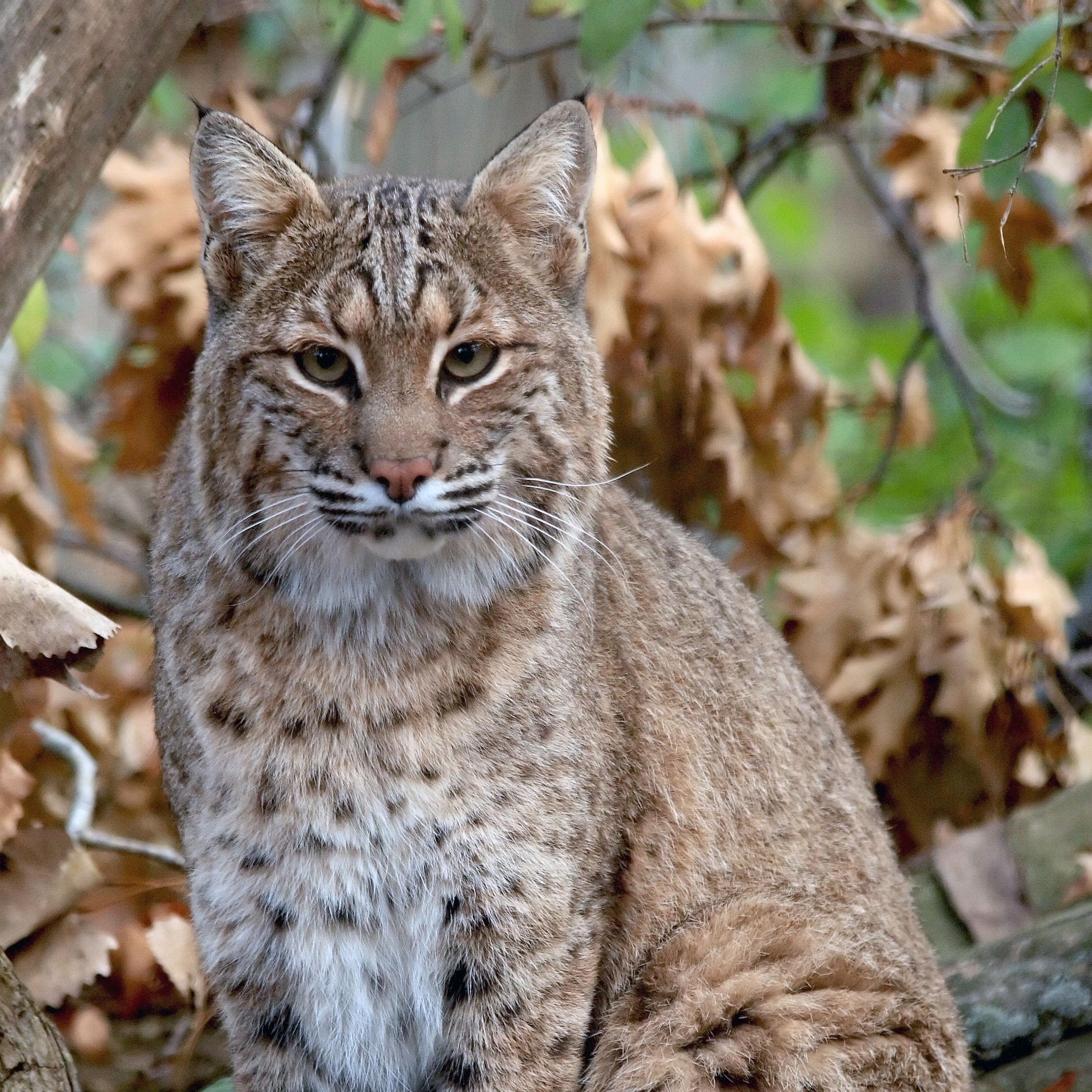
National Parks/ Sanctuaries
-
Common Names
bobcat
Regions
MexicoFlorida, United StatesNew Jersey, United States
Population
2,350,000
Habitat
Forests, swamps, deserts, and even suburban areas.
Weight(in lbs) and Life Span
18 to 25 pounds and 10 to 12 years in the wild
Regions
Mexico, Florida, United States, New Jersey, United States, Alabama, United States, Arizona, United States, Arkansas, United States, California, United States, Canada, Colorado, United States, Connecticut, United States, Idaho, United States, Illinois, United States, Indiana, United States, Iowa, United States, Kansas, United States, Kentucky, United States, Louisiana, United States, Maine, United States, Maryland, United States, Michigan, United States, Mississippi, United States, Missouri, United States, Montana, United States, Nebraska, United States, Nevada, United States, New Hampshire, United States, New Mexico, United States, New York, United States, North Carolina, United States, North Dakota, United States, Ohio, United States, Oklahoma, United States, Oregon, United States, Pennsylvania, United States, Texas, United States, Rhode Island, United States, South Carolina, United States, South Dakota, United States, Tennessee, United States, Utah, United States, Virginia, United States, Washington, United States, West Virginia, United States, Wisconsin, United States, Wyoming, United States, Massachusetts, United States, Minnesota, United States, Georgia, United States, Vermont, United States
The Bobcat (Lynx rufus) is a solitary and elusive carnivore found across a wide range of habitats throughout North America, from southern Canada to Mexico. Known for its short, bobbed tail and tufted ears, the bobcat is an adaptable predator that plays a vital role in controlling prey populations within its ecosystem. Conservation efforts for bobcats focus on habitat preservation, reducing human-wildlife conflicts, and regulating hunting and trapping practices. Research on bobcat ecology and population dynamics helps inform conservation strategies aimed at ensuring the long-term viability of this iconic North American predator.
Activity Instructions
- Draw the Animal: Use the next page to draw a picture of the animal. Use your imagination and make it colorful!
- Write an Essay: Write a short essay about the conservation efforts to save this animal. Here are some questions to guide you:
- Why is this species important in its ecosystem?
- What are the threats it faces, and how can we help?
- What do you find most interesting about this species?



